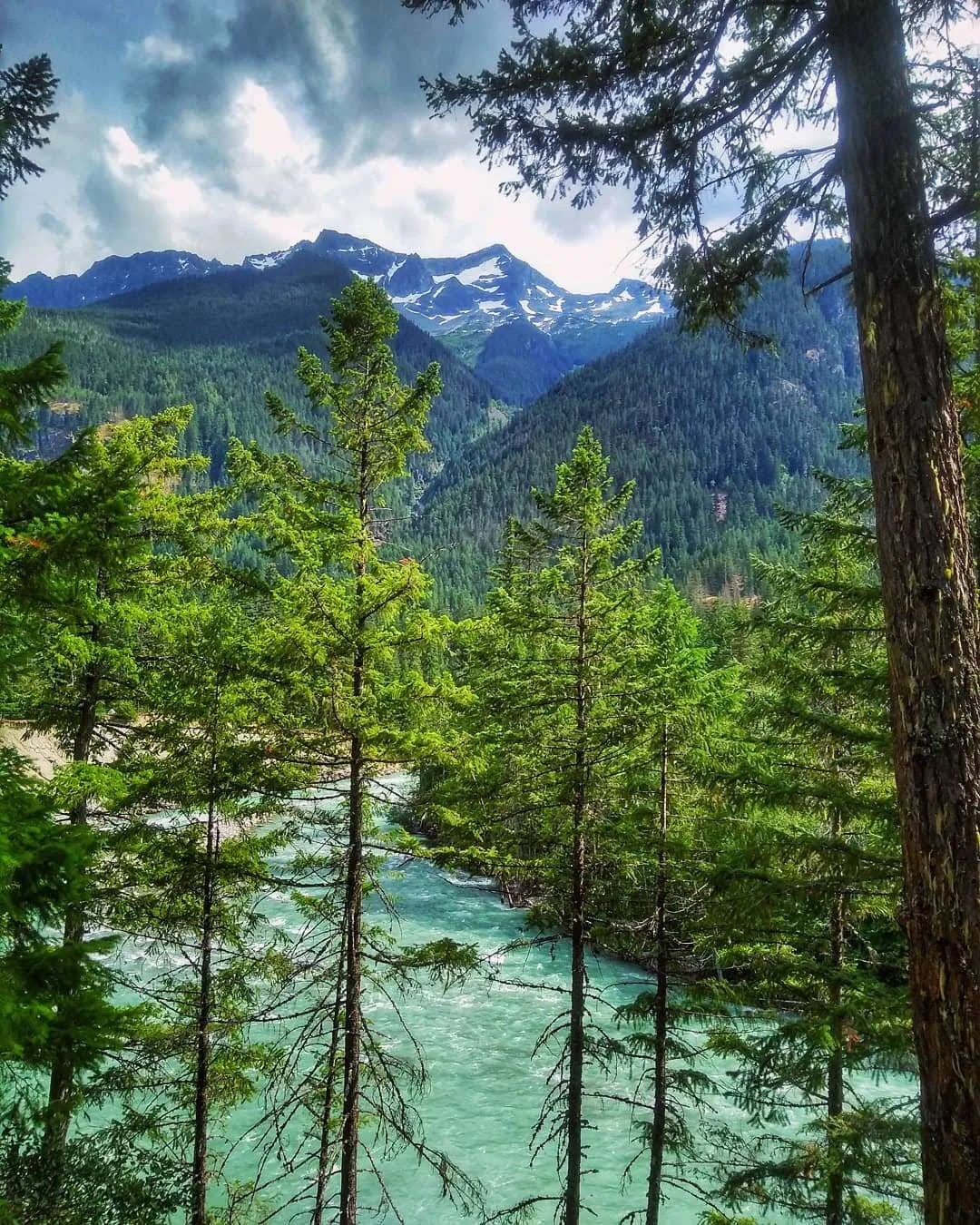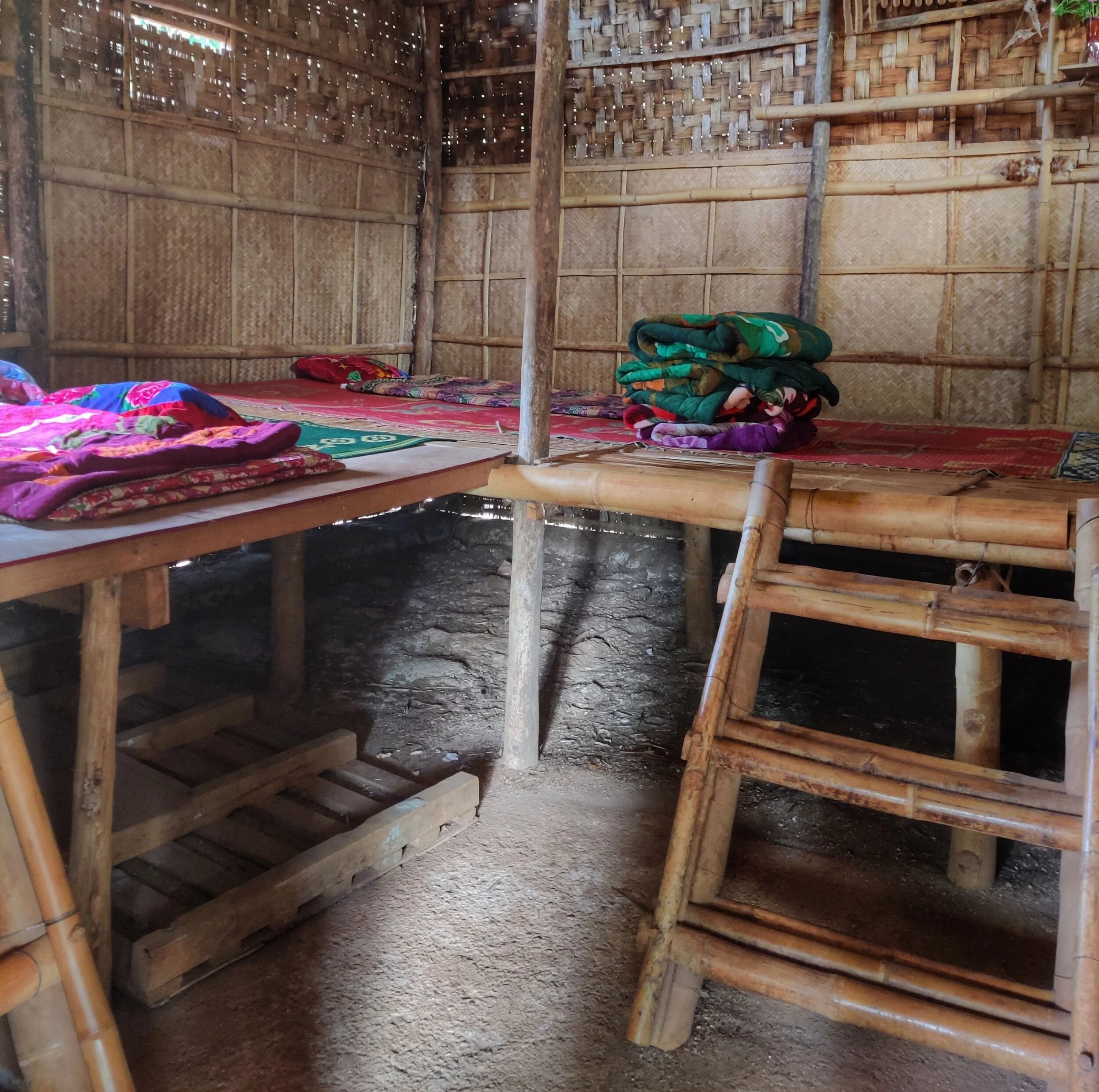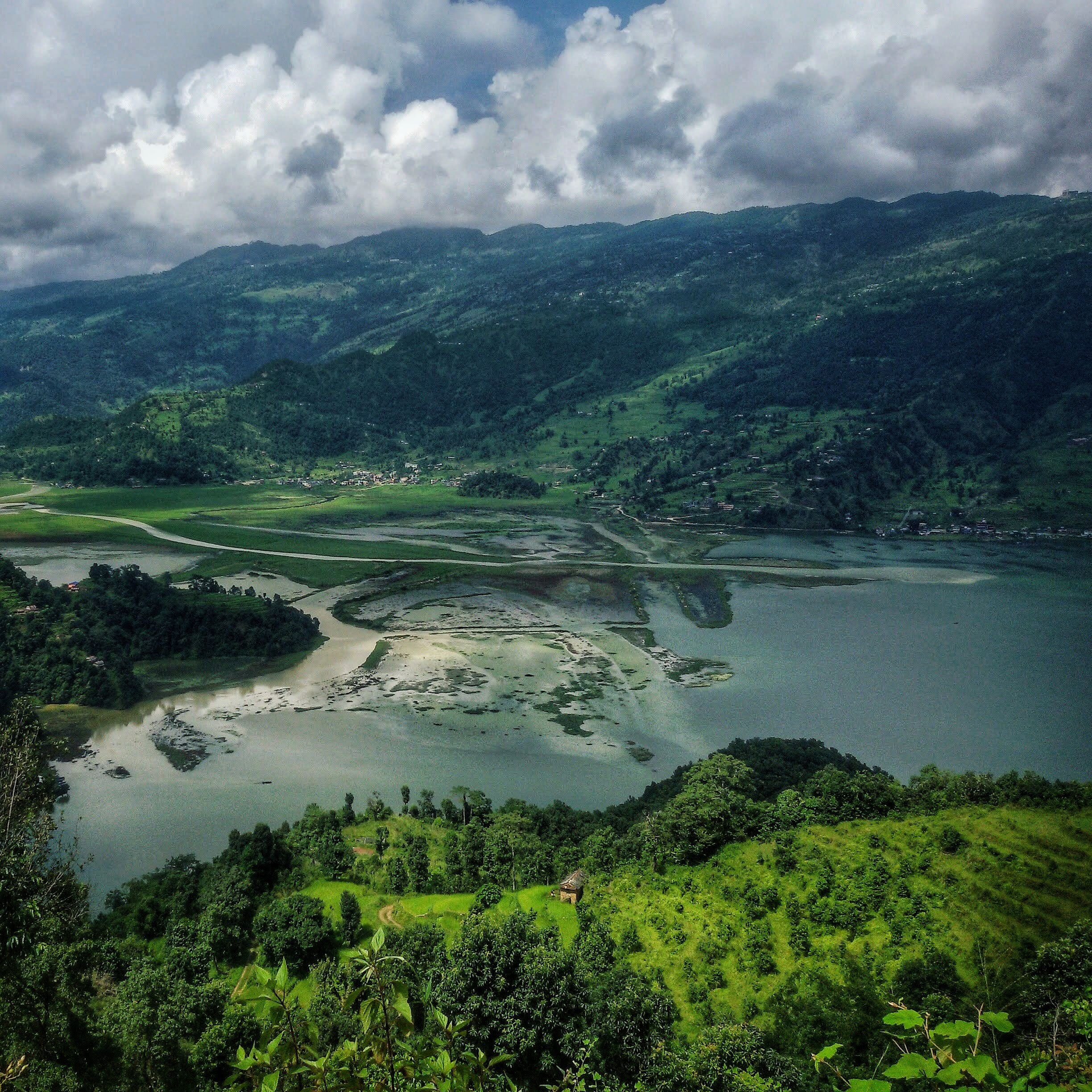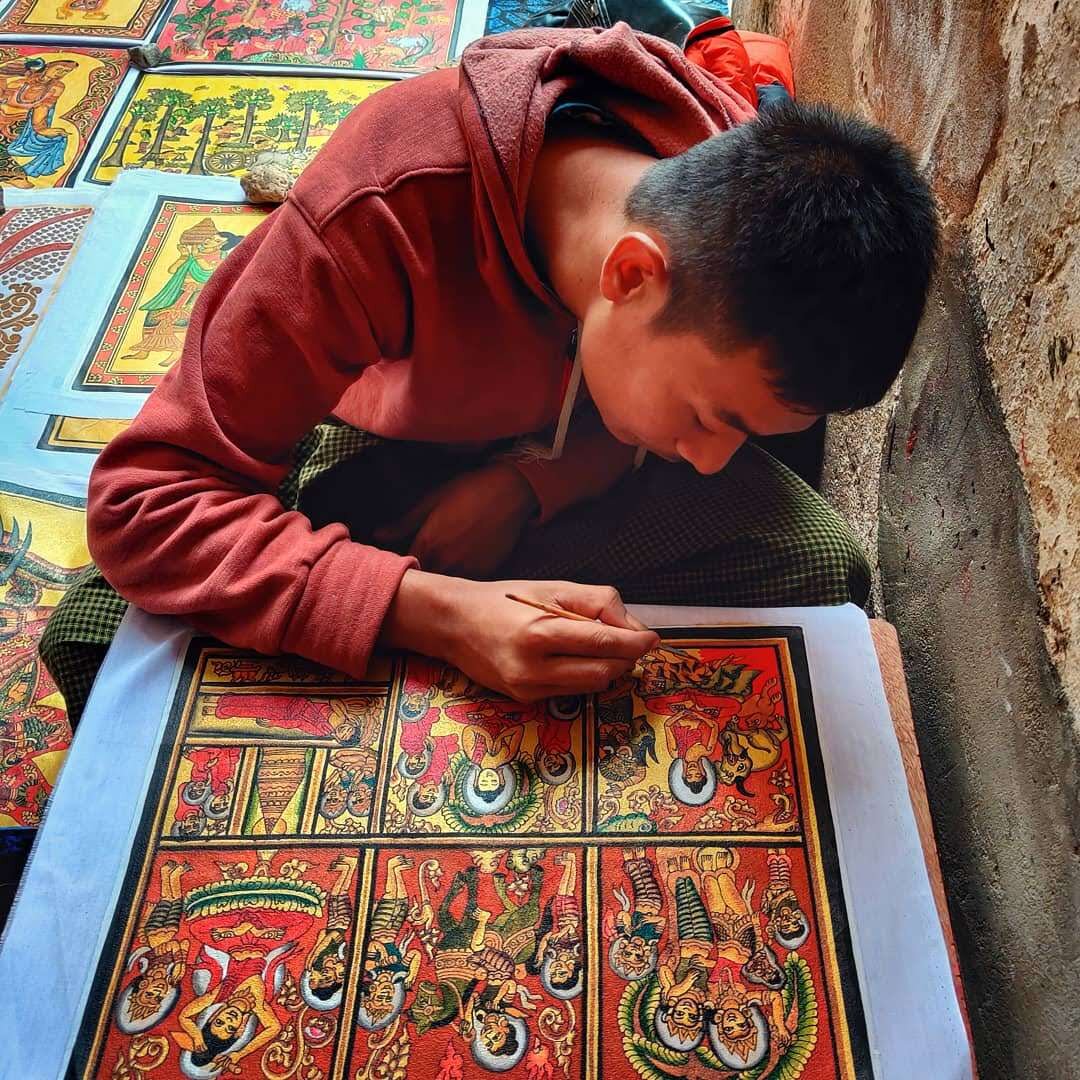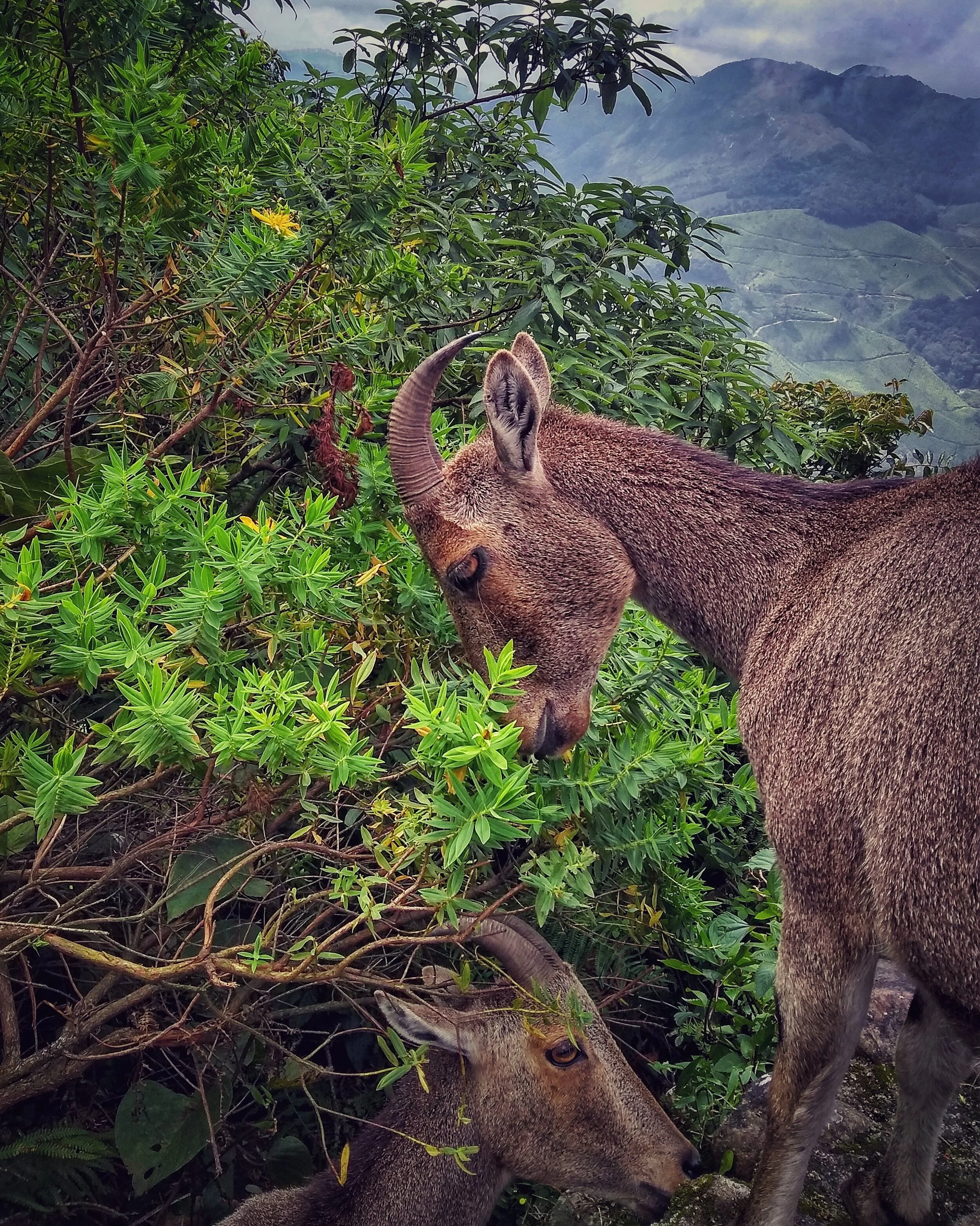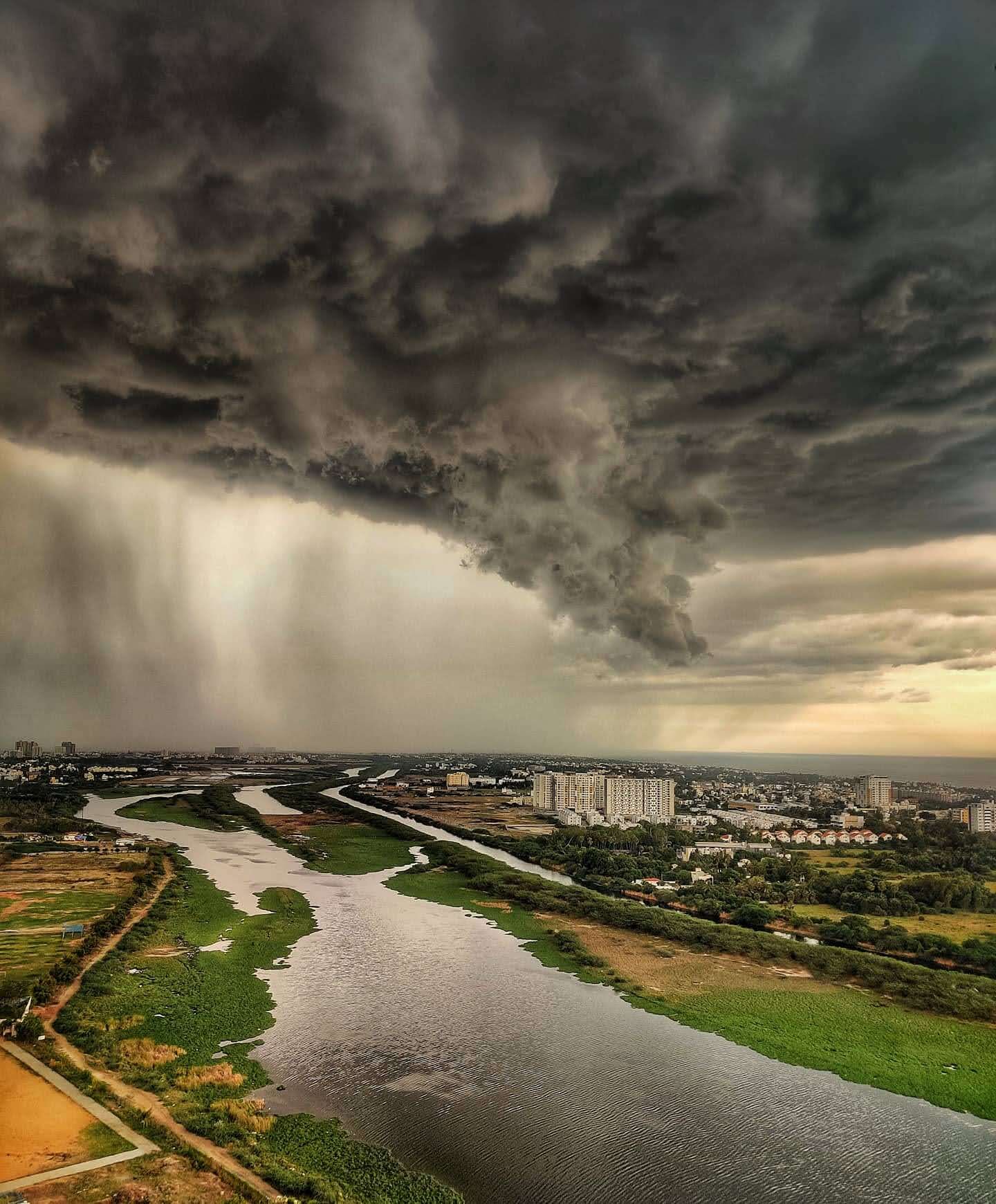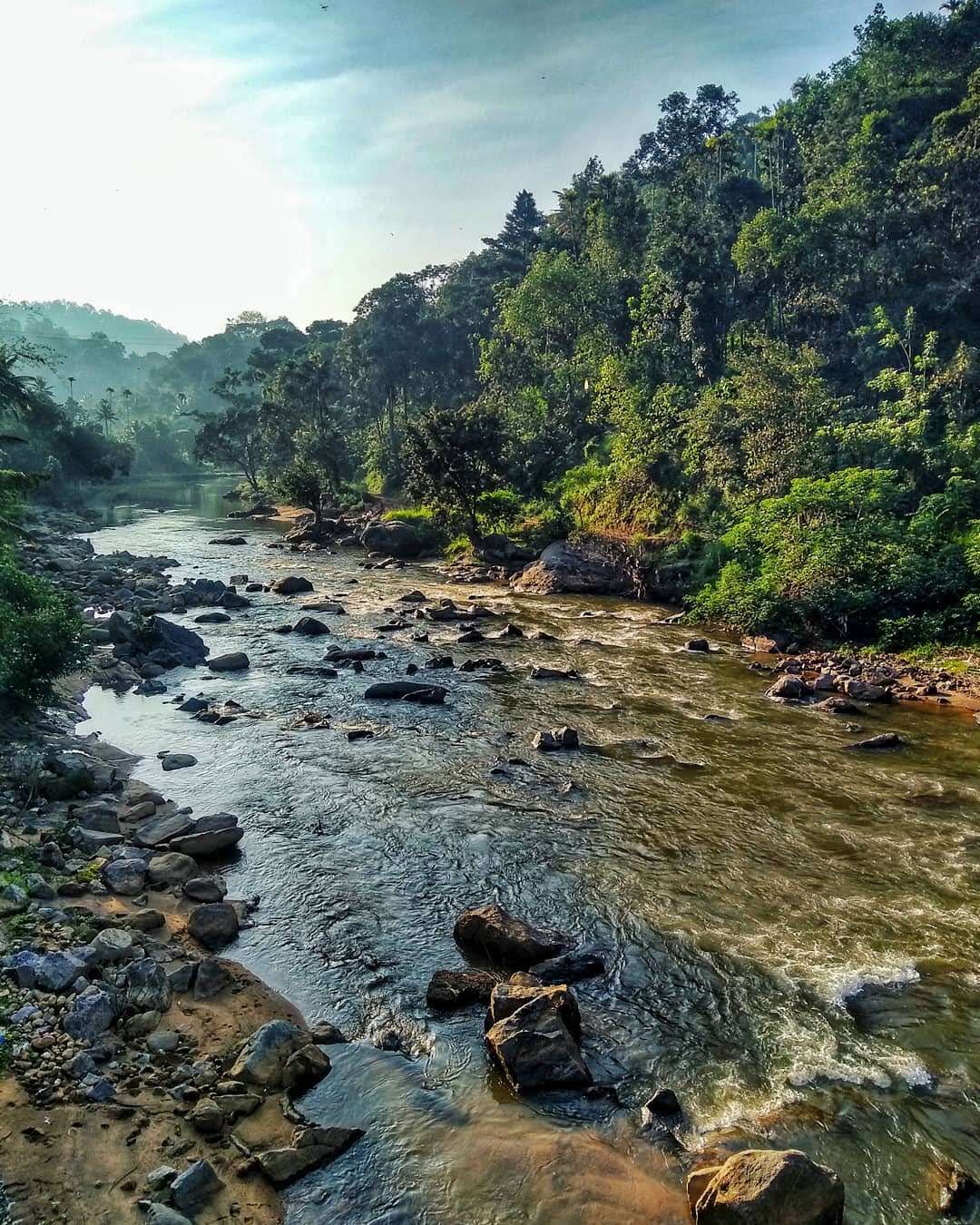This mountain, which serves as a symbol of hope, offers hikers a breathtaking view of Le Morne beach and remains a meaningful part of local Mauritian culture.
Le Morne beach in Mauritius. Colours of Mauritius. Unsplash.
Tucked away in Mauritius lies Le Morne Brabant mountain, a site known for its beautiful hiking path and bird’s-eye views of the surrounding beach.
With the mountain sitting at 1,824 feet above sea level, the hike to the top takes around three to four hours depending on the speed and size of the group. This hike is no easy feat, as special equipment is required to actually reach the summit due to the steepness of the climb. The trail measures over two miles and is shrouded in greenery and vegetation. Since Le Morne Brabant is situated on private land, it is notably one of the most well preserved and wildest mountains on the island.
The mountain was made a UNESCO World Heritage Site back in 2008, and was closed to the public shortly after. It was not until 2016 that the site reopened to visitors. This was a rather controversial decision, as many believed that reopening the site would contribute to its destruction. Because of this, there are several restrictions in place for visitors to ensure that this doesn’t happen. For example, most hikers need to be accompanied by a professional guide with EFR/WFA certification, and hikers need a further specialized guide to access the second area of the trail.
The site also has a rich historical significance. Back in the 1600s, the Dutch East India Company first took slaves to Mauritius to work on sugarcane and tobacco plantations, and by the late 1700s, many more slaves were brought over from other places in Africa and India. Before slavery was later abolished under British rule, Le Morne Brabant was used as a makeshift refuge shelter for runaway slaves. Due to Le Morne’s steep cliffs and isolated location, the escaped slaves were able to easily hide there . They eventually created small settlements on the summit and in the caves along the mountain, where they were able to remain safe.
Today, the community continues to honor the meaningful history of the mountain, which is viewed as a beacon of hope. Every year on February 1, the community celebrates the commemoration of the abolition of slavery at the International Slave Route monument, which is situated at the foot of the mountain.
Zara Irshad
Zara Irshad is a third year Communication student at the University of California, San Diego. Her passion for journalism comes from her love of storytelling and desire to learn about others. In addition to writing at CATALYST, she is an Opinion Writer for the UCSD Guardian, which allows her to incorporate various perspectives into her work.










